Movie Review – Halloween (2018)
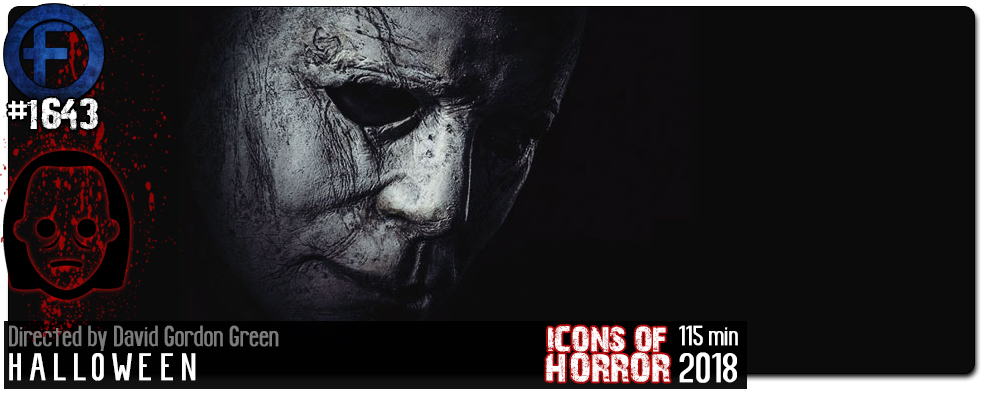
Principal Cast : Jamie Lee Curtis, Judy Greer, Andi Matichak, James Jude Courtney, Will Patton, Virginia Gardner, Haluk Bilginer, Jefferson Hall, Rhian Rees, Toby Huss, Omar Dorsey, Dylan Arnold, Miles Robbins, Drew Scheid.
Synopsis: Forty years after the events of Halloween, Michael Myers escapes incarceration and returns to Haddonfield Illinois to continue his killing spree.
********
Cinematic monsters don’t come more iconic than implacable serial killer Michael Myers, the eponymous “star” of the long-running Halloween film franchise; spawning innumerable sequels and a reboot series from Rob Zombie, the property has languished as a shadow of its original self, as other horror/slasher films have come along and delivered crowd-pleasing gore and carnage to ever-present fans of the genre. With the blessing of original Halloween film-maker and creator John Carpenter (who grabs an executive producer credit here, as well as supplying his indelible theme for the score), Blumhouse have taken the original film, done away with the inconsistent sequels and given us a direct follow-up to the Jamie Lee Curtis-starrer that started it all, with Curtis once again starring as Laurie Strode, and the masked Myers tormenting her with his silent, shape-like menace and brutality.
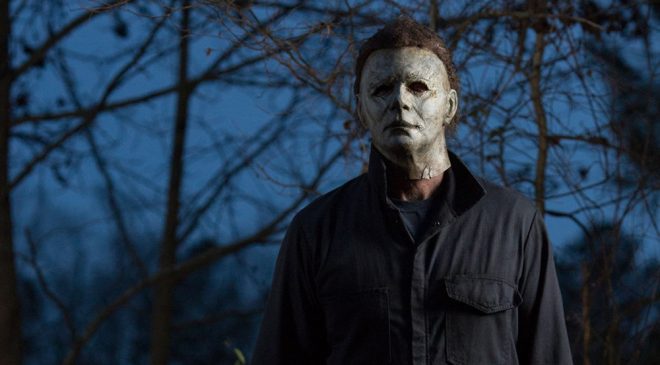
Forty years after surviving her deadly encounter with Michael Myers (played here by James Jude Courtney, taking over for original villain Nick Castle), Laurie Strode (Curtis) lives in alone in an isolated house near Haddonfield, Illinois, the scene of the brutal multiple-homicide. Tormented by post-traumatic stress, unable to communicate effectively with her semi-estranged daughter Karen (Judy Greer) and trying to protect her young granddaughter Allyson (Andi Matichak) from her fears about the world, Laurie is met by two popular true-crime podcasters (Jefferson Hall and Rhian Rees) seeking information about the Myers case – they visit the infamous killer and torment him with his old mask to provoke a reaction. Strode is unwilling to unearth the past, but when Myers escapes confinement on the evening of Halloween and makes his way back to Haddonfield, Laurie must do everything she can to protect her unknowing family from certain death. She is aided with help from the local Sheriff’s department, led by Frank Hawkins (Will Patton – Armageddon), who arrested Myers on the night of his first attack all those years ago.
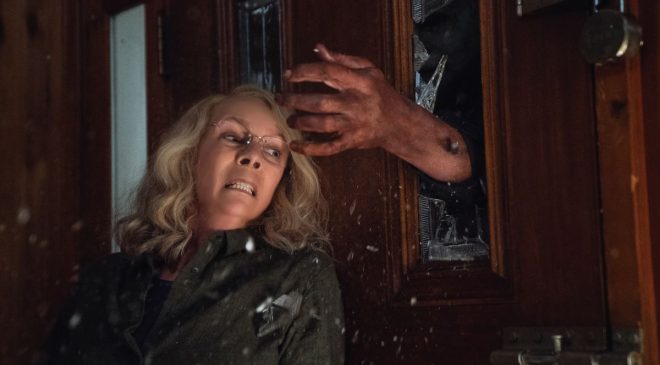
Oh, there’s so much schadenfreude in 2018’s Halloween. So, so much. The level of “I told you so” that flows through this film, between oblivious teens being slaughtered on Halloween night and the dynamic between Curtis and Greer’s estranged mother-daughter dynamic, is inordinate. Watching Curtis do her “bad-ass momma” routine is always pleasing, of course, and Halloween makes it even more palatable by giving the fairly straightforward storytelling a real zither of dread, something few slasher films manage these days. The film is co-written by director David Gordon Green (Pineapple Express), actor Danny McBride (Alien Covenant) and Jeff Fradley, and producer credits also list Seth Rogen among the names attached to this long-awaited sequel; the plot eschews a lot of the franchise’s many sequels and iterations of continuity, which might frustrate some fans, but in freeing itself of everything we’ve seen except the canon of the first Halloween, this film returns the property to something akin to that which John Carpenter envisioned all those years ago. Simplicity is key, and both Green and his co-scribes appreciate that fact.
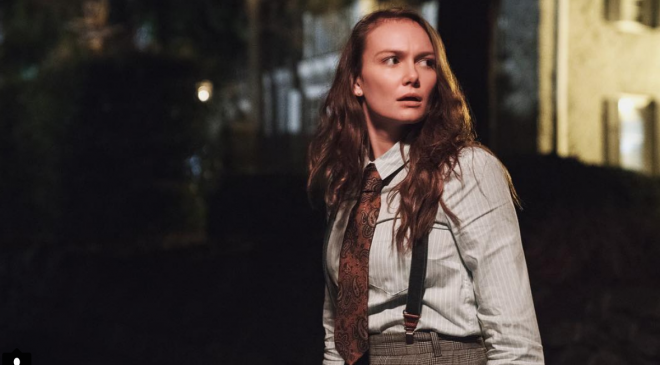
Stripping things down to the bare bones, Halloween’s glory isn’t in its low-fi kills (there are a number of them, some of which aren’t witnessed on-screen but those that are are delivered with a rapacious sense of shock) but rather its attempt to re-enter the aesthetic of Carpenter’s original. The grimy, grainy cinematography (by DOP Michael Simmonds) hides a lot of evil in the dark and shadows, and Green’s use of lighting, framing and occasionally generic “He’s behiiiind you” camerawork works an absolute treat. Carpenter himself once described Michael as “a supernatural being”, rather than the lumbering human monster established by Rob Zombie’s gritty reboot, and Green vanquishes modernity in favour of a more flavoursome, unstoppable, unkillable living myth. The film spends a lot of time telling us how evil and implacable Michael is, before going on to actually deliver that promise – however, and this is a big however, there’s a moment Michael walks past a crying infant in a crib, and a cruel and sadistic part of me wanted him to simply kill the baby as a shorthand way of destroying any possibility of redemption for the character: alas, Michael spares the child, the only human he intimately encounters who isn’t hacked to death, which perhaps reduces his reputed maniacal depravity somewhat. Frankly, if you’re going to create the living embodiment of pure evil, what better way to do it?
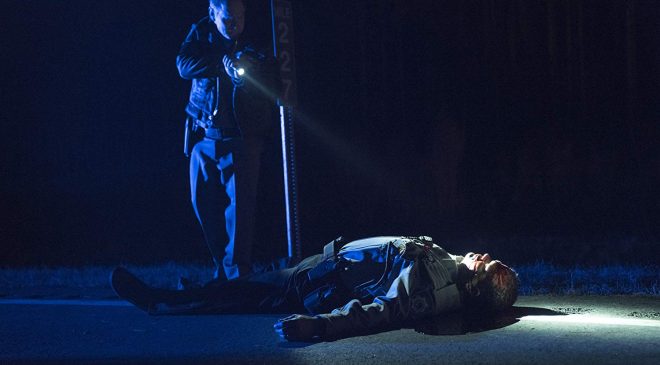
While a lot of ink was spilled heralding the return of Jamie Lee Curtis to the franchise (her last appearance in the role of Laurie Strode was in 2002’s Halloween: Resurrection) and I was surprised to find that she’s actually not the largest part of the film. The film uses her sparingly and well, providing context to Michael’s effect on those who survive him, whilst balancing a less maternal arc for Laurie, her daughter (a fairly underused Judy Greer) and her granddaughter, played with atypical intelligence by Andi Matichak. The character seems like it ought to be the traditional slasher-girl archetype but Matichak turns the role into a virtual mirror image of Curtis’ original performance back in 1978. Will Patton’s Deputy Hawkins isn’t silly either, he knows who and what Michael is, and does his best to settle the score, while Haluk Bilginer replaces the late Donald Pleasence’ Sam Loomis as Michael’s new penitentiary psychologist, Doctor Sartain, whose influence and impact on the story becomes more profound as things progress. Special mention as well to incoming Michael performer James Jude Courtney, who gives the character a real sense of implacable menace throughout, despite the various methods used to try and fight him. Original essayist Nick Castle, now a film director, has a minor cameo in one shot.
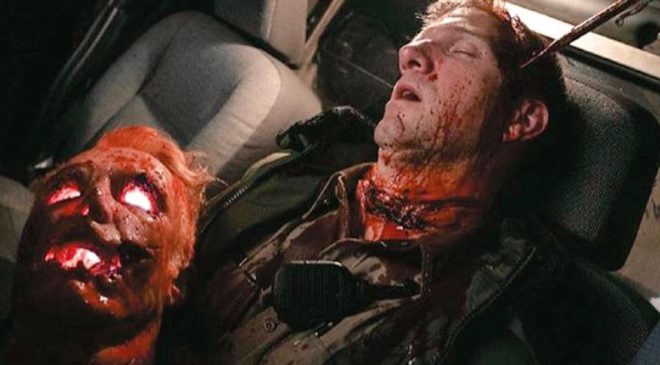
While it doesn’t try and reinvent the wheel, there’s something uniquely special about Myers’ return to Haddonfield and our cinema screens after a lengthy absence. Stripped of the ostentation surrounding his status as a cinematic icon, Myers’ gargantuan shape and insistent murderous instinct remain indelible in its sheer tension of expectation. The film’s numerous twists and reveals are all well handled (particularly the motive for Strode’s battlement-ready house in the boondocks) and the pervading sense of rising tension never uncoils until it’s absolutely demanded by the story. It delivers what you want, this film, and does it in such a way that offers predictability and accompanying freshness, a burst of life within the cadaver of this franchise’s once dormant corpse. Of course, the addition of John Carpenter’s iconic theme alongside the powerful imagery only serves to elicit even more nostalgia-driven referential appreciation.
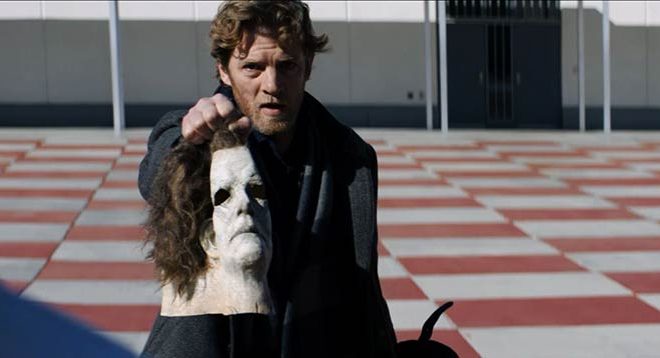
Halloween’s 2018 iteration does its job, does it well, and doesn’t stop to showboat or pontificate. It has some nice kills, some decent scares, turns Michael into the mysterious brute killer he always should have been, and gives Curtis’ Laurie Strode a worthy denouement for the trials her character has been through. Definitely a…. wait for it… cut above the rest.

